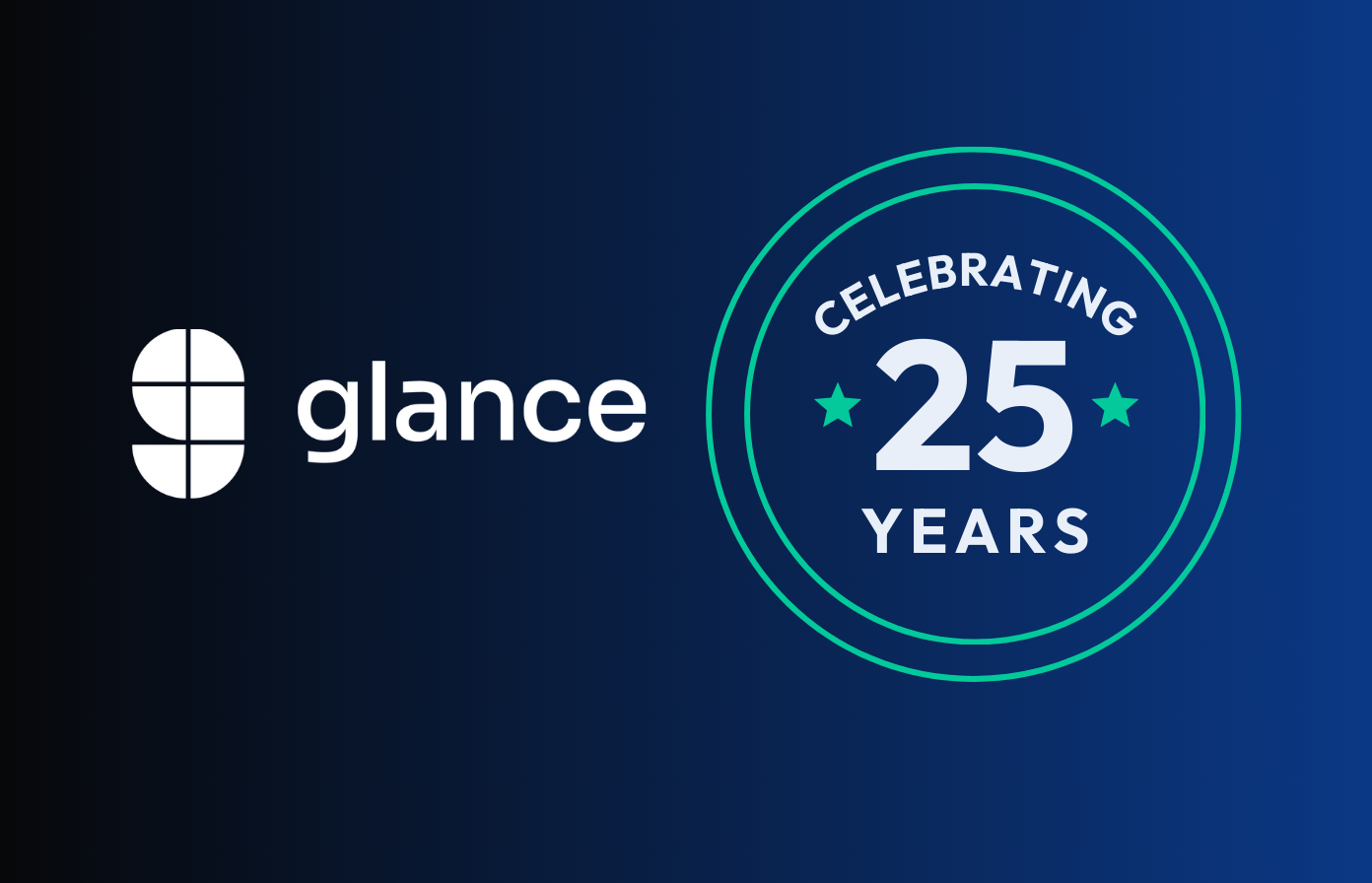In order to be effective, sales presentations have to be simple and straightforward. To keep presentations simple, you need to get right at the core message, without too much fluff to distract your audience. You can always get into specific details after further conversations with customers. The key is to grab your audience’s attention from the get go so no one loses your most important points.
Your core message is the heart and soul of your presentation. It’s that one crucial thought that you want your audience to remember more than anything else. Every other point that you make relates back to it.

Core messages vary in purpose. Some aim to introduce a new argument while others intend to pose a question. Still others serve as motivations, inspirations, and words of wisdom.
Regardless of their purpose, core messages are characterized by one distinct attribute: succinctness. For your message to be drilled into the audience’s minds, you need to make it short, catchy, and rhythmical. As Doug Stevenson, founder and president of Story International, said, “The phrase that pays is like a mini advertising jingle. It’s the call-to-action statement that summarizes your main point.”
The audience-centric approach

If there’s one thing a core message should be, it’s audience-centric. The moment you embrace the limelight, you should take the focus off of yourself and direct it to your spectators. Otherwise, they will detach themselves from your message and totally tune out from your talk.
Have a profound knowledge of your audience and make them the star of your sales presentation. After all, the success of your speech heavily relies on them. Don’t just focus on what you want to say and how you want to say it. Delve deep into your audience’s psyche and figure out what they need to hear and how they want the message delivered. Take into consideration how much they know about your chosen topic, what misconceptions they have about it, and what ideas they expect to hear.
Read: Four Ways to Make Your Sales Pitch Awesome
Remember, your audience members are right most of the time. They know what they want and don’t want. Learn how to place faith in their wisdom. Keep presentations simple by staying focused on what your audience wants.
It’s a big mistake to make the audience feel like a mere afterthought, so always keep them at the forefront of your mind. If you make them the center of your presentation, they’ll turn into your willing participants, supporters, and fans.
How Sales can keep presentations simple

Winston Churchill, Abraham Lincoln, Oliver Cromwell, George Washington—what do these speakers have in common? They have each delivered a short yet memorable speech that merited positive responses. We can safely assume that they all understand the principle, “Less is more.”
Don’t forget that you want to keep presentations simple. Don’t overload your listeners with information that they don’t need. You won’t help them by telling them all you know in one go. Fight the urge to say too much.
Read: Features Don’t Sell Software – Experiences Do
In an era where technology has effectively shortened people’s attention span, a sales presentation simplified to its basic form is better appreciated than a long one. Don’t force your audience to remain passive listeners. Identify your core message at once and craft a simple presentation that revolves around it. Let the following questions help you trim the fat and focus on your message.
To keep presentations simple, you should also answer a few key questions before you even start developing your presentation.
1. What is your audience’s takeaway?
Decide on what message you want your audience to hear. Ask yourself, “What is my objective?” The answer to that should lead to your core message. However, remember that the goal is to keep your presentations simple. Therefore, just choose a single objective, not several.
Refine that message in your mind until it becomes a unifying point that ties everything together. Repeat it over and over again in the actual presentation, but do so without sounding repetitive or redundant. Change your diction until you’re able to communicate the same message using different words.
2. How can you avoid overcomplicating things?
Go straight to the point. If you know what to say, it shouldn’t take you long to get your message across. You don’t need fluff and pomp to make a point, so leave out the clichés, fillers, and trite words. Use short words and phrases that carry an impact. Everything in your speech should have a bearing in your presentation.
As Josh Boyd said, “In physics, power is defined as work divided by time. In other words, more work done in less time produces more power. In the same way, a speaker’s message is most powerful when he or she can deliver a lot of good material in a short amount of time.”
3. What visuals can you use for support?
Once you have your main point, it’s time to figure out how to support it. Great graphics help keep presentations simple because you can use a graphic to represent a concept rather than writing out a paragraph of words.
Read: 5 Tips for Delivering Effective Screen Sharing Demos
Can you use examples to illustrate the idea you’re communicating? It’s not enough to just drop your message and expect the audience to internalize it on their own. You need to help them out if you want to see the fruits of your labor. Bring your message to life by providing practical solutions and adding flesh to ideas.
4. How do you want the audience to respond ?
Are there certain actions you want your audience to take? If so, then think strategically as to how to involve them in your presentation. It’s not enough to inform your listeners. You need to show them how to take action. The more involved they are, the more likely they will emulate your message.
5. What things will you leave out?
It’s important to consider not only what you’ll say but what you won’t say. Be clear about the aspects of your presentation that are best left out. Remove the points that distract from your central message. To keep your presentation simple, you should focus very narrowly. What should be left are the important elements of your talk that you can’t do without.
6. How will you share your Sales presentation?
Not every sales presentation can be made in person, especially in this day and age. That’s why it’s important to have your visual engagement tools close at hand. With visual tools like cobrowse and screen share, you can easily guide your audience through your sales presentation, pointing out the most important features and using annotation to emphasize your key message.
Your core message makes your whole presentation worthwhile. If you keep presentations simple and just stick to your core message, you’ll be closer to delivering a performance that your audience will appreciate and remember.
About Rick Enrico
Rick Enrico is the CEO and Founder of SlideGenius, a presentation design agency in San Diego, California. He regularly publishes expert presentation and marketing tips on the SlideGenius Blog. You can connect with him on LinkedIn and Twitter.
About Glance Networks
Glance helps enterprise organizations create the ultimate customer experience with smart, omni-channel visual engagement solutions based around integrated cobrowse, screen share, and one-way agent video. We are one of the world’s simplest, most reliable and secure platforms that enable companies to see, show and share anything online, creating a frictionless path to great experiences in sales, support and customer service. The result is improved customer satisfaction and loyalty, increased revenue growth and operational savings. From financial services and healthcare to retail and travel and leisure, even the most advanced technology and SaaS organizations – we transform the customer experience for today’s business. Learn More »
Additional Resources:
Bliss, David. “How to Keep Your Presentation Simple.” Edison Red. November 17, 2015.
Boyd, Stephen. “Keep Your Presentation Simple.” Speaking Tips. October 4, 2008.
Evans, Lisa. “Have a Clear Message in Your Speech: Public Speaking Tips.” Speaking Savvy. September 22, 2014.
Kaye, Jezra. “Speak Up for Success.” Speak Up for Success. n.d.
Mazur, Michelle. “5 Ways to Make the Audience the Star of Your Presentation.” Fast Company. January 29, 2015.
Walker, TJ. “How to Develop an Audience-Focused Perspective: Presentation Training.” Forbes. May 31, 2011.
“7 Ways to Make Your Presentation Message Stick.” Business Matters. November 14, 2013.
SaveSaveSaveSave
SaveSave
SaveSaveSaveSave
SaveSave
SaveSave
SaveSave
SaveSave



.png)